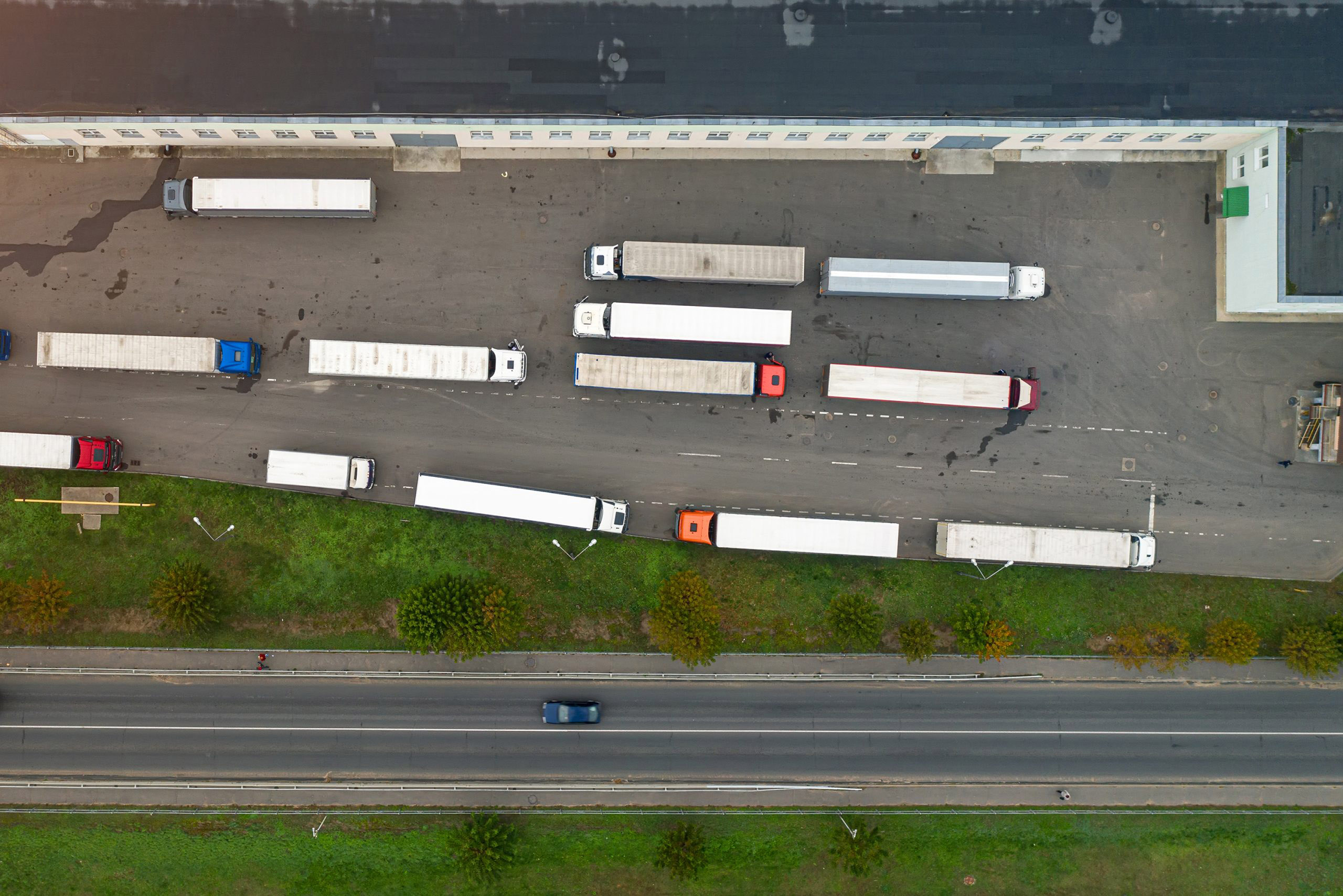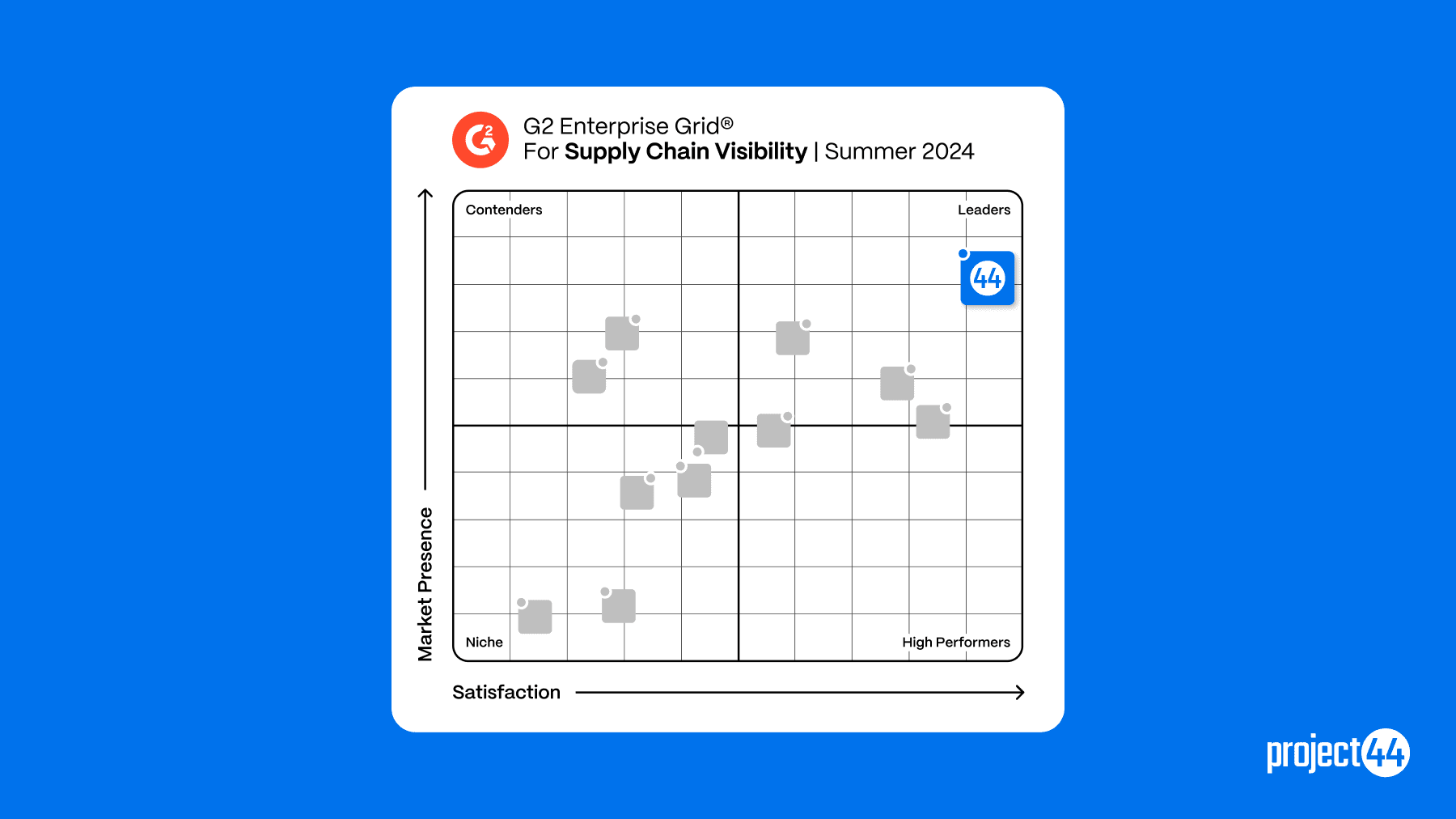These days supply chain managers find themselves dealing with one crisis after another — aka “firefighting.” One day it’s the last-minute need to find a carrier for an emergency shipment. The next day it’s dealing with a parts shortage because a shipment didn’t arrive on time.
As the COVID-19 pandemic drags on, there seems to be no end to the outbreak of supply chain crises. With persistent supply shortages and rising consumer demand, supply chain managers face ongoing problems with inventory management. Adding to those troubles are a host of problems in moving goods — bottlenecks at congested ports and rail terminals, limited carrier capacity across all transportation modes, tight warehousing space, and shortages of labor and equipment. These problems metastasize into crises because a supply chain manager can’t count on inventory replenishment taking place as planned.
RTTVP to the Rescue
What are managers supposed to do? They need to leverage a Real-time Transportation Visibility Platform (RTTVP) to address problems before they turn into a full-blown, five-alarm crisis. By having end-to-end supply chain visibility, managers can identify problems in the making and take steps to navigate potential obstacles and disruptions.
A RTTVP provides real-time information on shipments in transit across all modes and all geographies. In addition to global visibility of in-transit shipments, the platform calculates precise estimated time of arrivals (ETAs) for deliveries. Algorithms determine ETAs using real-time geo-location data on a shipment’s whereabouts and then take into account current information on weather, road conditions, and port capacity to calculate arrival time. By having accurate ETAs, supply chain managers don’t get surprised when shipments don’t arrive on schedule.
Insights into transportation schedule deviations empowers managers to address issues with lead times, the period from when an order gets placed until it arrives. If a latter-than-scheduled replenishment shipment jeopardizes a customer commitment or threatens to disrupt factory production, the supply chain manager is in a position to take preventative action before a situation becomes a crisis.
For example, if a manager knows a shipment will not arrive on schedule, he or she can shift inventory in the network to ensure parts availability at a factory or prioritize product availability to critical customers or locations. The manager can even find a substitute supplier and arrange for expedited delivery to avoid a stockout.
RTTVP Enables Strategic Planning
With visibility of shipments and orders moving through the inventory pipeline, supply chain managers can put an end to firefighting by having the ability to manage exceptions. They can become pro-active in making adjustments in procurement, manufacturing, and distribution to minimize the impact of shipments delays.
As supply chain managers learn to take full advantage of the RTTVP’s analytics and business intelligence, they’ll leave behind firefighting and engage in strategic planning to improve operational efficiency and optimize inventory, confident in the knowledge that they’ll have accurate information on the timing of inventory replenishment.



